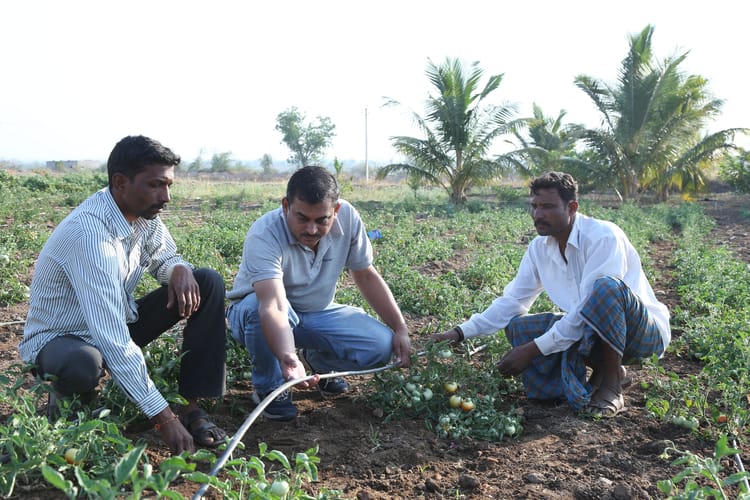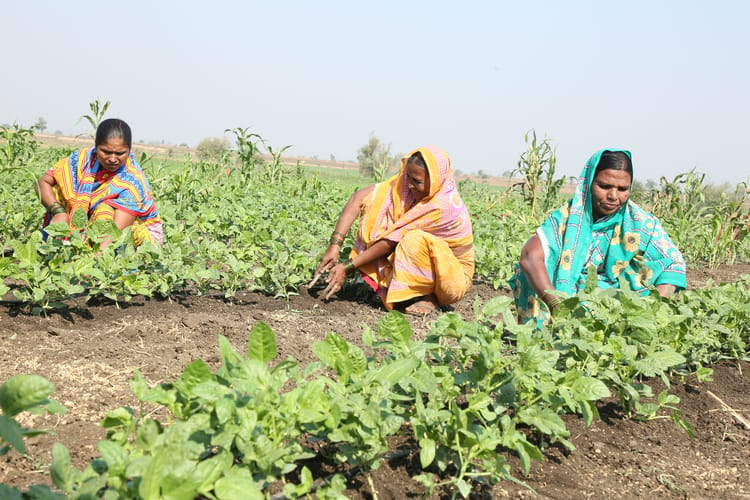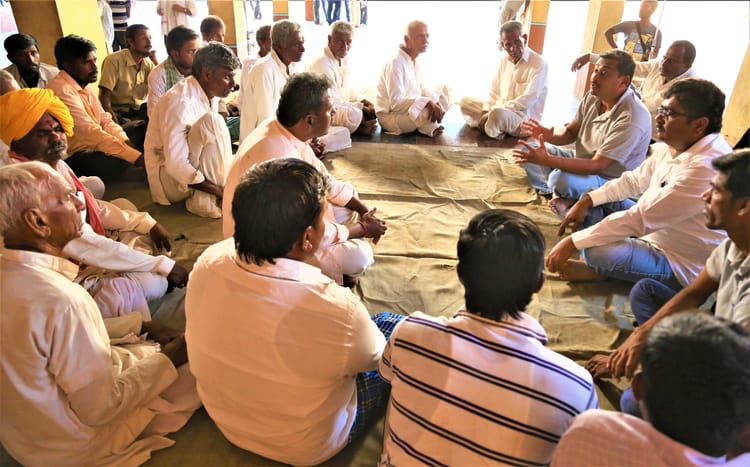The Future of Farming: Smart Community Irrigation Solutions
With inputs from Ramdas Battalwar, Business Head CI, Netafim India.
The world has been living in the ignorant belief for centuries that “We’ll always have enough water for ourselves” Water is essential for life. However, the unthinkable has unfortunately happened, and right now 43 countries, which comprise about 700 million people across the globe, are facing worrying levels of water crisis. The United Nations further estimates that as early as 2025, two-thirds of the population of the world will be suffering in water-stressed regions.
Another issue that’s hitting the world at an alarming rate is the world population growth. Increasing population is directly proportional to surging food demand, traditional agricultural itself consumes nearly 70% of the water available globally. Studies show that 2050 will witness a 50% increase in the demand of water for agriculture. The global water scene looks quite appalling.
Are the depleting natural resources the only problem?
No, not really. While resources are indeed a limitation, it’s usage patterns also play a major role. Traditional agricultural practices have been responsible for inefficient water usage for decades. Smallholders and rural communities who function under many disadvantages like lack of access to capital and markets, are forced to adopt unsustainable agricultural practices for their own survival. The absence of knowledge and sustainable practices further causes land degradation, which leads to the decrease in the per capita availability of arable land.
To break this vicious cycle, and most importantly, to ensure that the smallholder communities can thrive, decision makers need to take urgent steps for creating conducive agricultural ecosystems.
What is Community Irrigation?
The idea of community irrigation rose from the simple underlying principle of bringing the entire agricultural community together, along with the government and the private sector, to establish a systematic and sustainable irrigation practices. It is a holistic approach to sustainably manage all the natural resources and provide the small stakeholders with the necessary infrastructure for sustainable farming practices. The collaboration of the government and the private sector further ensures that the quality of life of these rural communities is improved, they are encouraged to adopt advanced technologies, and institutional policies are implemented for sustainable usage of natural resources.




